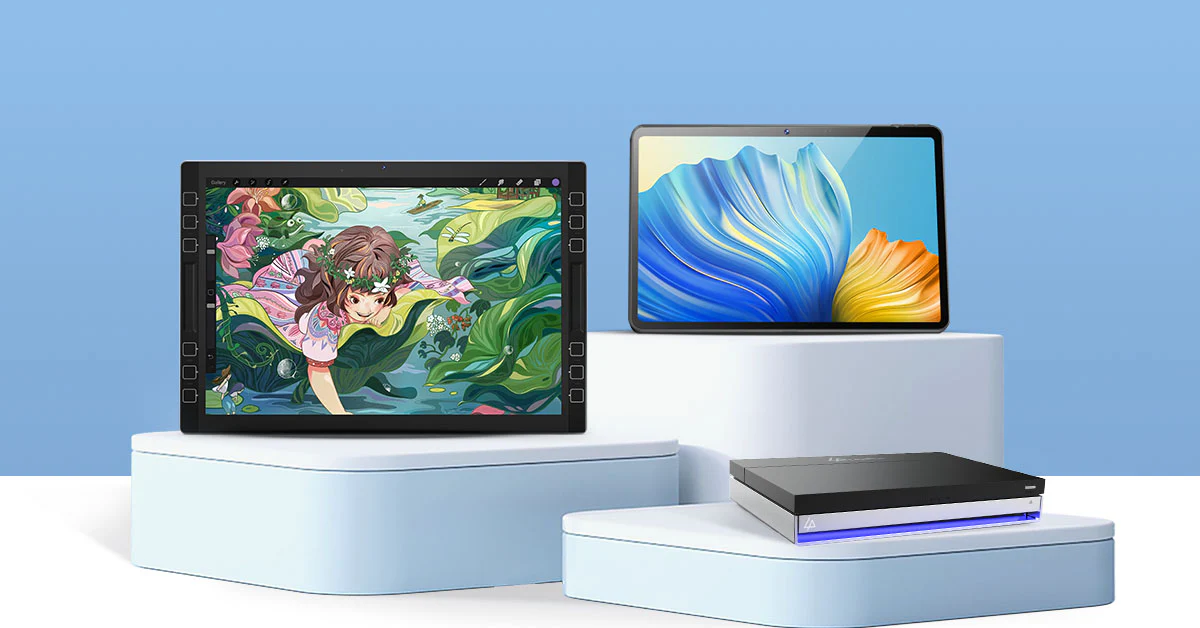The rise of 4K content bloats most streaming services and brings high demands on home entertainment systems for a seamless playback experience. Countless households have to deal with irritating buffering lags, compatibility issues between varied devices, and even more, preventing the expanding media library from getting out of hand. These issues can affect your entertainment experience a lot — whether you’ve got a ton of movies, high-res photos, or bandwidth-hungry video games.
Network Attached Storage (NAS) emerges as a comprehensive solution to these modern media challenges, offering a centralized hub for storing, managing, and streaming your content. This guide explores why NAS storage represents the future of home media management and how it can transform your entertainment setup.
Understanding NAS Storage for Modern Home Needs
NAS has grown from complicated enterprise hardware to home entertainment units that fundamentally change how families back up their digital content. At its most basic level, NAS acts like a dedicated computer that connects to your home network, and provides centralized storage that any device with permission can access. However, unlike external hard drives, which can only work with one computer at a time, NAS systems can simultaneously serve multiple users while still providing high-speed performance.
Compared to cloud storage solutions, NAS has some key benefits for media enthusiasts. And while cloud services require you to pay monthly fees to access your stuff and are limited by internet bandwidth, NAS provides instantaneous local access to your content with no monthly charges or streaming limits. This is especially important for large 4K video files or large photo libraries, which would run up against a standard cloud storage quota in no time.
For home users, essential features to prioritize encompass storage expandability to accommodate growing media collections, robust data protection via RAID configurations, and comprehensive backup solutions. Modern NAS systems come with hot-swappable drives, so you can expand capacity without being down. This is paired with advanced security features to ensure your treasured memories and entertainment content are safely guarded against prying eyes, while allowing you to remotely stream your media library from virtually anywhere when you’re on the go.
Thunderbolt 4 Technology for Instant Access
Top companies like UGREEN are using innovative Thunderbolt 4 connectivity to achieve 40Gbps transfer speed with enough bandwidth to provide smooth 4K playback even for the most demanding content. This superlative throughput also means no buffering, instantaneous access to media files when editing high-resolution videos, streaming multiple simultaneous 4K movies, etc. Universal compatibility of modern NAS systems works well across platforms (it should work well with iOS and Android devices, smart TVs, gaming consoles, and computers).
Multi-User Support for Family Environments
But modern NAS solutions are oriented around families, and thus allow for truly collaborative media consumption. An integrated bandwidth management system eliminates performance degradation by allowing multiple family members to stream multiple content simultaneously. More advanced user management systems allow parents to set up separate accounts with customized access permissions, ensuring that children can only access appropriate-for-age material while keeping sensitive files in private folders. It also comes with remote access functionality to securely stream your media library remotely, turning your NAS into a secure private cloud server for a one-time price instead of a recurring subscription.
Seamless 4K Content Streaming Solutions
You need to consider your NAS hardware requirements and network setup properly to ensure you can smoothly stream in 4K. For maximum performance, you should get at least a quad-core processor with at least 4GB RAM on your NAS system since you need some processing power to handle multiple high-bitrate streams. Storage drives need to be NAS-specific, with improved reliability and performance under continuous operation. Enterprise-grade hard drives or NAS-optimized SSDs offer the consistent read speeds you need for smooth 4K playback.
Your network infrastructure is the backbone of your streaming performance. Gigabit ethernet is the bare minimum, but 10GbE networking turns out to be recommended for 4K content delivery to be at its best. For minimal latency, place your NAS next to your router or switch, and utilize CAT6 or better cabling for stable connections. Another way you can give a boost to your media streaming is enabling Quality of Service (QoS) settings on your router and giving priority to media traffic over other network activities.
Popular media-server applications such as Plex, Emby, or Jellyfin turn your NAS into a powerful streaming center. Give them a try, they will do intelligent transcoding so those qualities will auto-adjust according to your devices and the network conditions. Intuitive interfaces for organizing your media library with metadata fetching, artwork display, and watch progress tracking across all your devices. To help even more, configure your media server to direct play supported formats if possible, placing less strain on the CPU and providing the smoothest playback experience.
Setting Up Your Home NAS System
Hardware Installation Made Simple
You don’t need a technical degree to install your NAS system. Step 1: Mismatched Hard Drives Just Won’t Work. Carefully take the drive bays out again, and put your drives in until they click into place, and slide the bays back into the NAS chassis. Nearly all modern NAS systems offer tool-free drive installation, complete with clearly marked bays to ensure installation without the idiots. Upon powering the system on, it auto-detects new drives and takes you through the initialization process.
Network Configuration Essentials
For best performance, plug your NAS into your router with the included ethernet cable. Open your web browser, and use the device’s IP address to access the management interface. Configure port forwarding on your router settings menu so that you can securely access your media library when you are home. Educate all members on bandwidth consumption and set QoS rules. Modern NAS systems boast intelligent bandwidth management that automatically optimizes connections based on your viewing preferences and that of your network, providing dependable performance without constant tweaking.
Transforming Home Entertainment with NAS Solutions
NAS storage has become an essential solution for modern home entertainment, offering unparalleled convenience and performance for media management. By eliminating buffering issues, solving compatibility challenges, and providing centralized access to your entire media collection, NAS systems transform how families experience their digital content.
As streaming quality continues to advance and media libraries grow larger, investing in a NAS solution becomes increasingly valuable. Take control of your digital content today and experience the freedom of having your entire media collection at your fingertips, accessible from any device, anywhere in your home.









